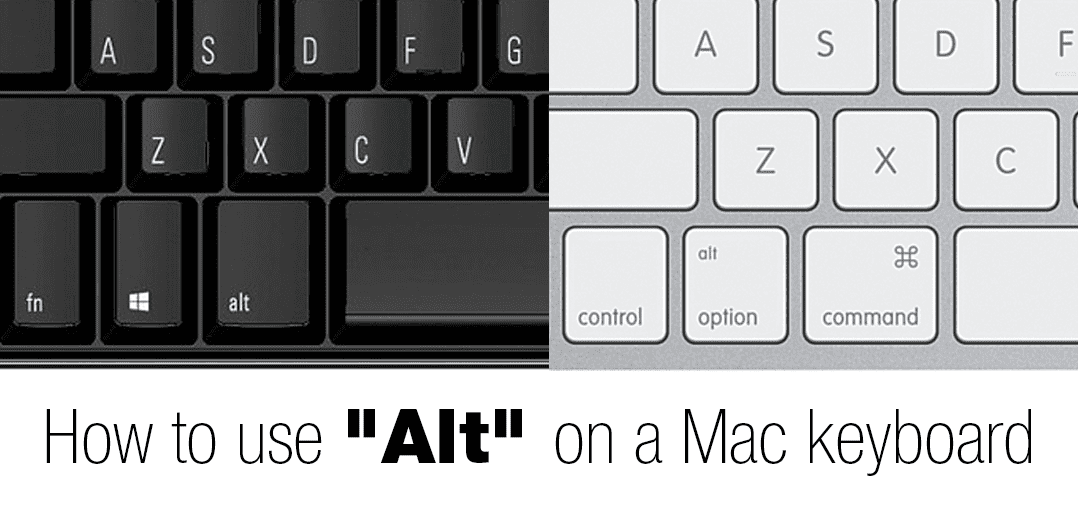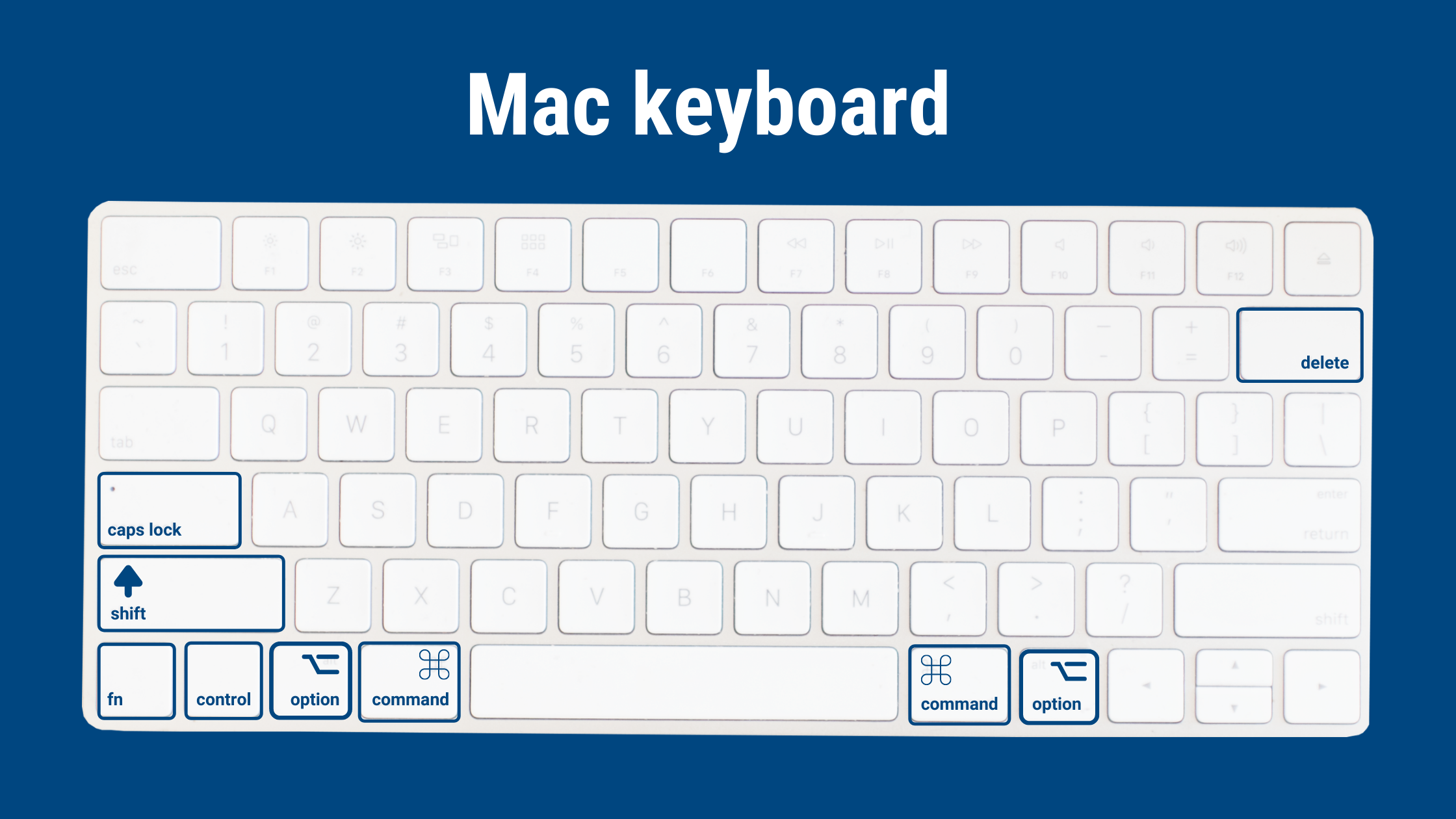

#Mac command key windows keyboard mac#
Thankfully, Das Keyboard makes versions of its keyboards for both Windows and Mac users.įor more on keyboards, be sure to have a look at Jeremy’s keyboard roundup. My favorite Cherry MX Brown keyboard is from Das Keyboard. These switches produce a tactile “clicky” effect without being too loud. The AmazonBasics wired keyboard is decent for how much it costs, but I’m a fan of mechanical keyboards with Cherry MX Brown switches. In the end, it’ll save time, frustration, and keep you from having to retrain what may be years of muscle memory. Take advantage of the provision to remap modifier keys inside of OS X’s System Preferences. There’s no reason why you shouldn’t be able to use a great keyboard just because it was originally designed for Windows. The bottom line is that there are plenty of great keyboards out there that are designed to be used on Windows machines. Step 5: Click OK and close System Preferences. Step 4: For the Command (⌘) Key setting, select (⌥) Option. Step 3: For the Option (⌥) Key setting, select ⌘ Command.

Step 2: Select your third-party Windows keyboard via the Select keyboard drop down box. Step 1: Open System Preferences → Keyboard → Modifier Keys.

Fortunately, there is a dead-simple fix for this issue. Such a little thing, the swapping of the Command and Option keys, can cause trouble for someone who’s been typing on a Mac for years. Modifier key arrangement differences between Mac and Windows: The problem stems from their arrangement on the keyboard. The problem isn’t the function of the keys, because as we discussed, from a pure functionality standpoint, the modifier keys (Control, Option, Command) all map 1:1. For example, the Control (⌃) key does the same thing on a Mac that it does on Windows, the Option (⌥) key on Mac does the same thing as the Alt key on Windows, and the Command (⌘) key on Mac does the same thing as the Windows key. All of the modifier keys on a Windows keyboard map 1:1 with the keys on a Mac from a functionality standpoint. Instead of the friendly ⌃, ⌥, and ⌘ keys, I was presented with Control, Windows, and Alt keys. Immediately, I could sense relief in my wrists, but because this was a keyboard designed for Windows and not for Mac, the switch presented a whole new problem. I just so happened to have an AmazonBasics wired keyboard available thanks to my recent Hackintosh build, so I decided to use it with my Mac. The shallow key travel of the MacBook’s keyboard is partly to blame. The reason behind such a change was that my MacBook Pro’s keyboard was causing wrist pain. It's also worth noting that their positions are reversed on the two types of keyboards.Over the last few days I’ve been finding myself using a keyboard designed for Windows users on my Mac. The Option key works similarly to the Alt key, and the Windows key works identically to the Command key. For example, the Undo shortcut would use Windows+Z instead of Command+Z. For example, the Control key does the same on the Mac as it performs on a Windows keyboard. When using a Windows keyboard on a Mac, the Windows key is used instead of the Command key, and the Alt key is used in place of the Option key. What are the main differences?Īlthough Windows and Mac keyboards feature most of the same keys, there are a few that differ. There's also a variety of custom keyboards available, with most of them made for Windows machines. Perhaps you recently switched from a Windows computer to a Mac and you prefer the feel of your old keyboard. Some people simply prefer to use Windows keyboards. You may also have one lying around the house from an older computer. In most stores, you'll find that there are more Windows keyboards than there are Mac keyboards. One of the main reasons you might choose to use a Windows keyboard on a Mac is that it's more readily available.
#Mac command key windows keyboard Bluetooth#
You can use almost any Windows keyboard as long as it has either a USB or Bluetooth connection. If you want to use a Windows keyboard on your Mac, the good news is it's pretty simple. en/macosbasics/troubleshooting-common-problems/content/ Using a Windows keyboard with a Mac To activate 'Target Display Mode' on the secondary screen on the secondary screen (iMac in my case) I need to press Command+F2, on the mac keyboard (when booted in OSX). Lesson 13: Using a Windows Keyboard With a Mac I'm running Windows/BootCamp on both machines, and therefore have Windows keyboards connected.


 0 kommentar(er)
0 kommentar(er)
